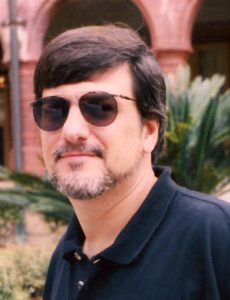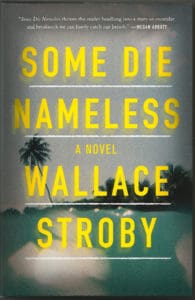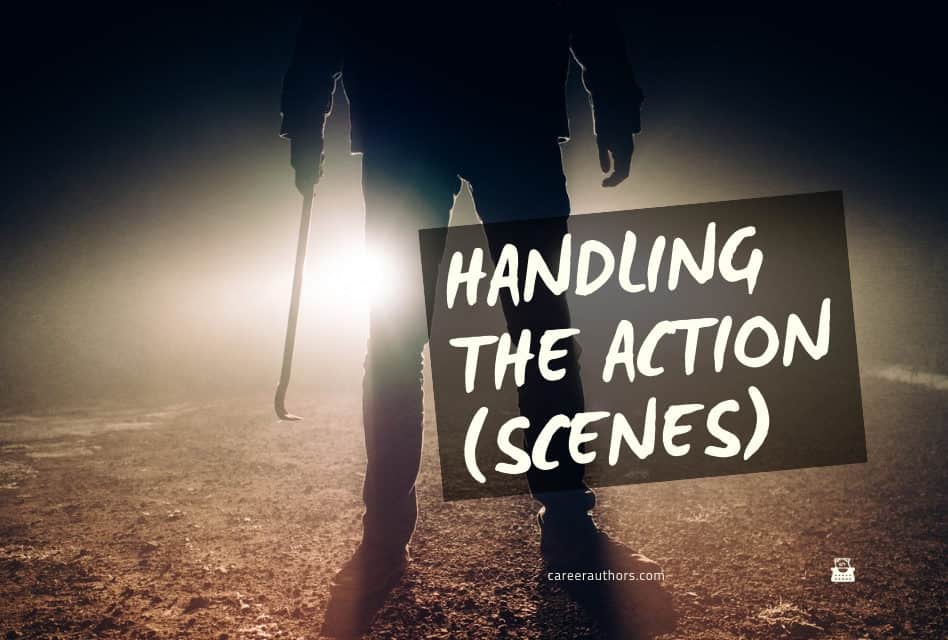I love action.
Well, writing it at least. I love it so much that I often have to dial it down in the course of writing a book. I like to think I spend a lot of time on character development, mood, tone and structure. But nothing gets me typing faster and with more enthusiasm than a carefully paced and choreographed action sequence that suddenly takes wing.
Even scenes so real …
Action scenes can be tricky – and seductive
At their best, they move the plot along and illuminate the characters through their behavior. But action for its own sake, well-written as it might be, can feel like empty calories if it’s not rooted in people we care about.
Too much of it, and a thriller can seem pulpy and superficial.
Not enough, and you run the risk of defusing both the narrative drive and the sense of jeopardy for the characters.
Back in 2004, while writing my second novel, THE HEARTBREAK LOUNGE, I came up with an extended action sequence that presented itself to me almost complete. A car run off the road on a rainy night. The driver hunted through a dark forest by two gunmen, then finding temporary refuge in a half-finished townhouse. The gunmen closing in.
I could see, hear and almost smell it all – face-lashing branches, a muddy slide down a hill, sheets of rain illuminated by an arc light. Someone huddled in a damp, dark kitchen while a flashlight beam shone ominously through the windows. I could visualize every detail so clearly that it felt like something I’d experienced rather than imagined.
Scenes that come to you like that are a gift, so I happily included it in the book.
… might not fit.
There was only one problem – it didn’t fit.
The book was already top-heavy with action, and the lengthy accident/chase/siege sequence knocked it off balance. Also, to make that setpiece work, I had to introduce two new characters who would have no other role in the story. They were barely characters at all. Reluctantly, I had to accept the fact that, as much as I liked the scene, it didn’t belong organically in the book.
So out it went.
I tried again with my third novel, 2010’s GONE ‘TIL NOVEMBER, switching out the characters to fit the situation. The sequence almost worked there, but it echoed a similar scene earlier in the book, one that was essential for dramatic and plot purposes.
Not to be deterred, I flirted with including the scene in each of the four novels I wrote between 2011 and 2015 about Crissa Stone, a female professional thief. Those books had a lot of action (two of them opened in medias res with a robbery in progress), and the chase/siege should have been a perfect fit. But it wasn’t. Each time, the same issue arose. Too much action.
All that finally changed with my new novel, SOME DIE NAMELESS. For the first time, the scene made sense in context. The prey would be Tracy Quinn, a reporter uncovering a conspiracy behind what seemed at first an everyday murder. The scene would put her in mortal danger, and her response to it would say a lot about her resourcefulness. I still had to bring in two characters who didn’t appear elsewhere, but that worked now as well. The chief villain was a security contractor with a roster of hired thugs on his payroll, two of whom he’d tapped just for this job. It all seemed to fall into place. It was as if this scene had been patiently waiting for this book since 2004.
Until they find a home
It’s true, in writing sometimes you have to kill your darlings. But other times, maybe all you need to do is to help them find the right home.
Have you ever written a terrific scene, then had to cut it? Have you ever used it later? Why and how? Let’s talk on Career Authors Facebook page.

 Wallace Stroby is an award-winning journalist and the author of eight novels, four of which feature Crissa Stone, the professional thief Kirkus Reviews called “Crime fiction’s best bad girl ever.” His eighth novel, SOME DIE NAMELESS, was published by Mulholland Books / Little, Brown in July. His other books include THE DEVIL’S SHARE (2015), SHOOT THE WOMAN FIRST (2013), KINGS OF MIDNIGHT (2012), COLD SHOT TO THE HEART (2011), and GONE ‘TIL NOVEMBER (2010). His short story “Night Run” was chosen for the 2017 edition of BEST AMERICAN MYSTERY STORIES, edited by John Sandford. His work has been published in Germany, France, the U.K. and Japan. For 13 years he was an editor at the Newark (N.J.) Star-Ledger, Tony Soprano’s hometown newspaper.
Wallace Stroby is an award-winning journalist and the author of eight novels, four of which feature Crissa Stone, the professional thief Kirkus Reviews called “Crime fiction’s best bad girl ever.” His eighth novel, SOME DIE NAMELESS, was published by Mulholland Books / Little, Brown in July. His other books include THE DEVIL’S SHARE (2015), SHOOT THE WOMAN FIRST (2013), KINGS OF MIDNIGHT (2012), COLD SHOT TO THE HEART (2011), and GONE ‘TIL NOVEMBER (2010). His short story “Night Run” was chosen for the 2017 edition of BEST AMERICAN MYSTERY STORIES, edited by John Sandford. His work has been published in Germany, France, the U.K. and Japan. For 13 years he was an editor at the Newark (N.J.) Star-Ledger, Tony Soprano’s hometown newspaper.





